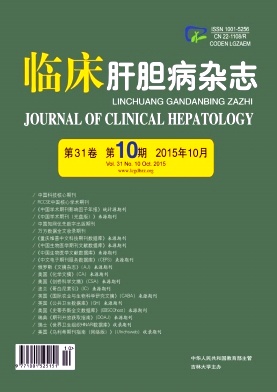Objective To observe the effects of different suture techniques on complications after choledochojejunostomy. Methods A retrospective analysis was performed on the clinical data of 162 patients who underwent choledochojejunostomy from January 2005 to December2014 in our hospital. The patients were divided into group A undergoing simple interrupted suture( n = 68),group B undergoing simple continuous suture( n = 45),and group C undergoing parachute type continuous suture( n = 49). The intraoperative conditions and postoperative complications were compared between the three groups. Comparison of continuous data between the three groups was made by ANOVA and pairwise comparison between any two groups was made by LSD t- tests; comparison of categorical data between the groups was made by chi- square test. Results The anastomosis time and the rate of T- tube insertion showed significant differences between the three groups( P < 0. 05). Groups B and C had significantly shorter anastomosis time than group A( P < 0. 001),but there was no significant difference in the anastomosis time between groups B and C( P > 0. 05). Among the three groups,group A had the highest rate of T- tube insertion;group B had the second highest rate; group C had the lowest rate. Significant differences were found between any two groups in the rate of T- tube insertion by pairwise comparison( P < 0. 05). However,there were no significant differences between the three groups in the incidence rates of postoperative bile leakage and choleperitonitis( P > 0. 05). There was significant difference in biliary stricture between the three groups in the follow- up examination 6 months after surgery( P < 0. 001) and the differences analyzed by pairwise comparison were also significant( P < 0. 05). Among the three groups,the degree of biliary stricture in the group A was the highest and that in the group C was the lowest. Conclusion Parachute- type continuous suture is a fine suture technique for choledochojejunostomy,which can reduce the anastomosis time,the rate of T- tube insertion,and the degree of biliary stricture.







 DownLoad:
DownLoad: